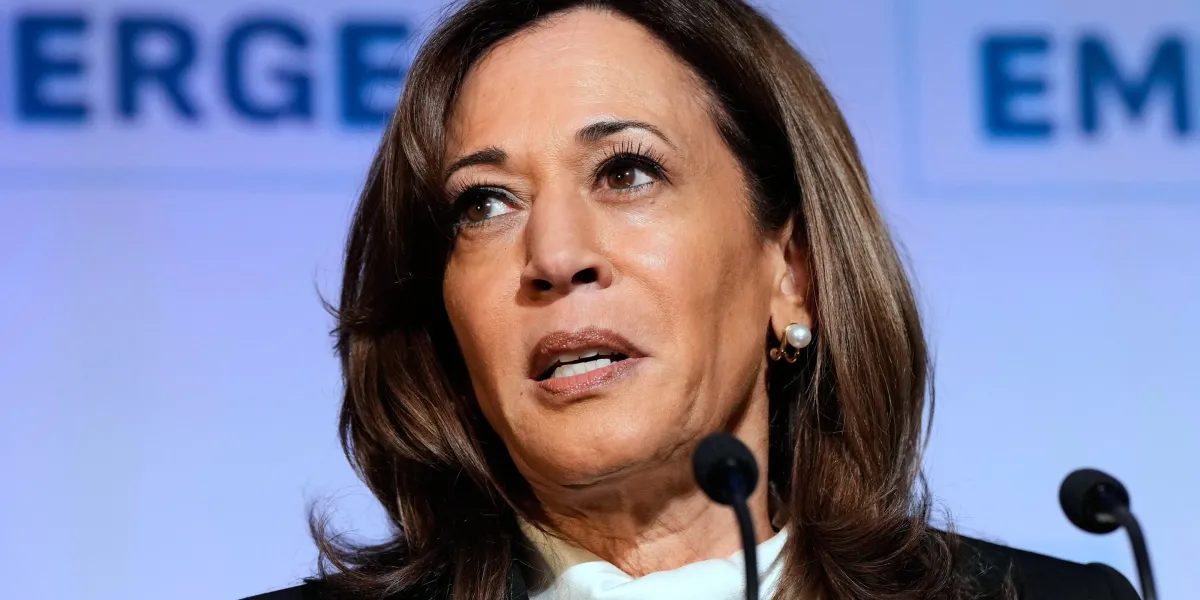By Akhil Nallamuthub
Copyright thehindubusinessline

The IPO of Anand Rathi Shares and Stock Brokers, a full-service stockbroker in India, is between September 23 and 25. The offer size is ₹745 crore and is entirely a fresh issue. The proceeds of the offer will be utilised for working capital requirement and general corporate purposes.
The offer price band is ₹393-414. At the upper end of this price band, the company’s market capitalisation will be ₹2,596 crore and the company will be valued (post issue) at 25 times its FY25 earnings.
In recent years, the industry has been dominated by discount brokers (78 per cent market share with respect to number of active clients) due to low cost. But there have been participants who were ready to pay the extra cost to full-service brokerage houses for additional services like research reports, trade recommendations etc. Anand Rathi Shares and Stocks Brokers is one such broker.
Revenue model
Largely, the company has two streams of revenue. One is the broking side, and the other is distribution services.
Under broking, they offer demat services, offer platform to trade and invest, aid participants in taking trading/investing decisions through their research reports. Within this, they also offer MTF (Margin Trading Facility) as a key offering. Simply put, MTF is lending money to the participants, who use this to leverage and take larger positions, and the broker charges interest for the same.
Under distribution, they sell financial products like Mutual Fund (MF), Portfolio Management Service (PMS), Alternative Investment Funds (AIF) etc., The commissions earned by selling these products is similar to an annuity, as they receive this irrespective of market conditions.
In FY25, the total revenue of the company stood at ₹847 crore. Out of this, broking services garnered about ₹510 crore (60 per cent of the total revenue). Within broking, revenue from cash trading stood at ₹233 crore while that from futures and options (F&O) segment stood at ₹177 crore respectively. Remaining were from depository income, interest on delayed payments by clients etc.
MTF contributed ₹114 crore (13 per cent) and the revenue from distributing financial products stood at ₹78 crore (9 per cent).
Other incomes, that is the interest from investing in fixed deposits, government securities, bonds etc., stood at nearly ₹143 crore (17 per cent).
Within broking services, the share of income from the cash market stood at 57 per cent, higher than the derivative segment’s 44 per cent, for the company. Notably, the proportion of cash in overall turnover of the market has increased from 21 per cent in FY23 to 31 per cent in FY25 (with respect to options, the premium turnover was considered in calculating total market turnover). In Q1FY26, it stood at 32 per cent.
Anand Rathi Shares and Stock Brokers’ ARPC (Average Revenue Per Client) at ₹29,347 is amongst the highest among the listed full-service peers. The company also enjoys strong client stickiness with about 58 per cent of active clients associated for over three years and 45 per cent staying on for more than five years.
Financial performance has been good in recent years. The topline grew at a CAGR (Compounded Annual Growth Rate) of 34 per cent between FY23 and FY25. During this period, the EBITDA and PAT grew at 64 per cent and 66 per cent respectively. The margins too improved. EBITDA margin increased from about 25 per cent in FY23 to 37 per cent in FY25. Similarly, PAT margin rose from 8 per cent in FY23 to a little over 12 per cent in FY25.
The primary risk is the industry in which the company operates, which is highly cyclical. Given the geopolitical uncertainties that we are facing, the risks are higher. Given cyclicality risks and the heated competition form discount brokers, at a valuation of 25 times FY25 earnings, the margin of safety appears low for new investors.
While the proportion of cash market turnover increased compared to the total turnover, actual volumes saw a drop in Q1FY26 – it fell by nearly 12 per cent to ₹1 lakh crore compared to ₹1.2 lakh crore in Q1FY25. So, further drop in volumes can impact the earnings of the company.
Another risk is intense competition, especially from discount brokers. Notably, the company has not been able to increase the market share in the recent years. Considering the size of the broking industry i.e., ₹52,000 crore, the company’s market share has been stagnant at around 1.6 per cent.
Further F&O restrictions by SEBI could hit volumes and thus the revenue. Not just F&O, the stock market per se is prone to high regulatory pressures.
What should investors do
While Anand Rathi has scale, strong ARPC and improving financial performance, the valuation (at 25 times FY25 earnings at the upper band of the offer price) offers low margin of safety given cyclicality risks and the heated competition form discount brokers. The cyclicality of the business can be understood from the performance of some peers in the previous decade.
In FY10, Geojit Financial Services (Geojit) reported revenue of ₹297 crore. Its revenue was ₹303 crore in FY20. During the last decade when market sentiment was not as exuberant as compared to the last five years, Geojit’s revenue ranged between ₹200 and ₹350 and did not grow much.
While Motilal Oswal Financial Services saw its revenue increase by 160 per cent during the decade or CAGR growth of around 10 per cent, this is nowhere close to performance of last five years. In both cases, the revenue was volatile through the decade. This is how cyclicality can impact performance. Investors need to factor for this.
Regulatory risks from any moves to curb F&O speculation that will impact revenue for brokers is also a factor to consider. Hence, investors can give the IPO a miss.
Published on September 23, 2025



